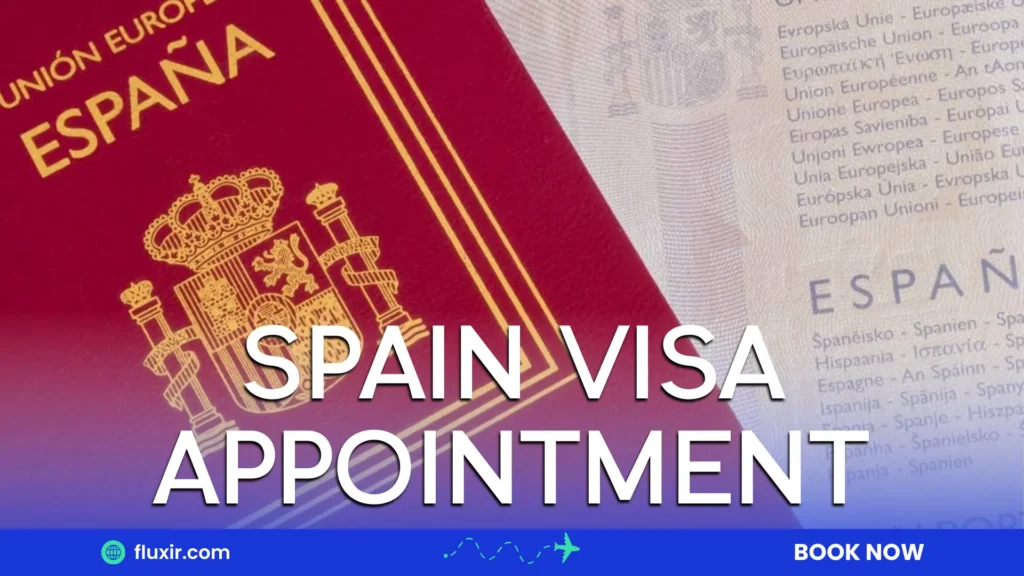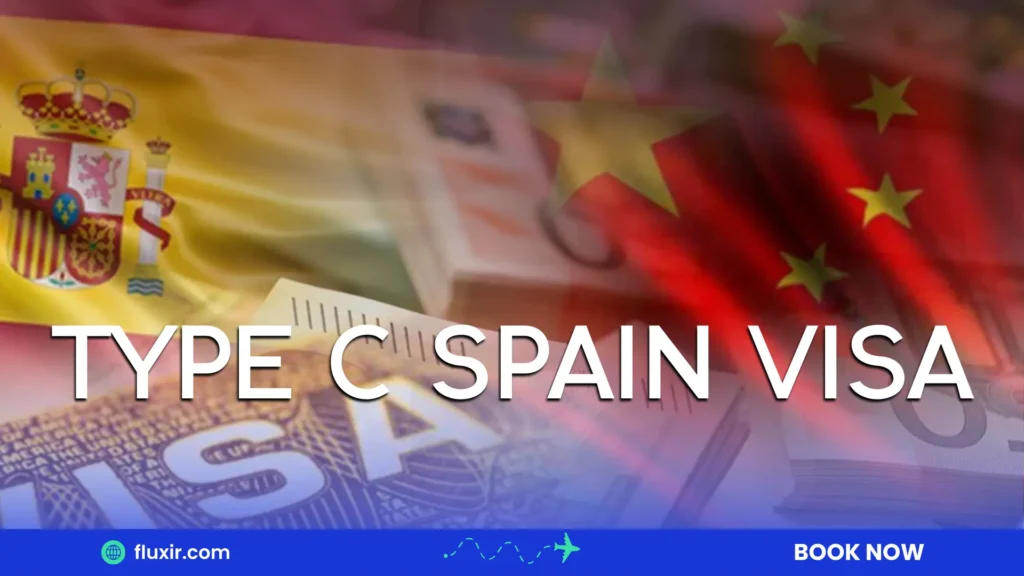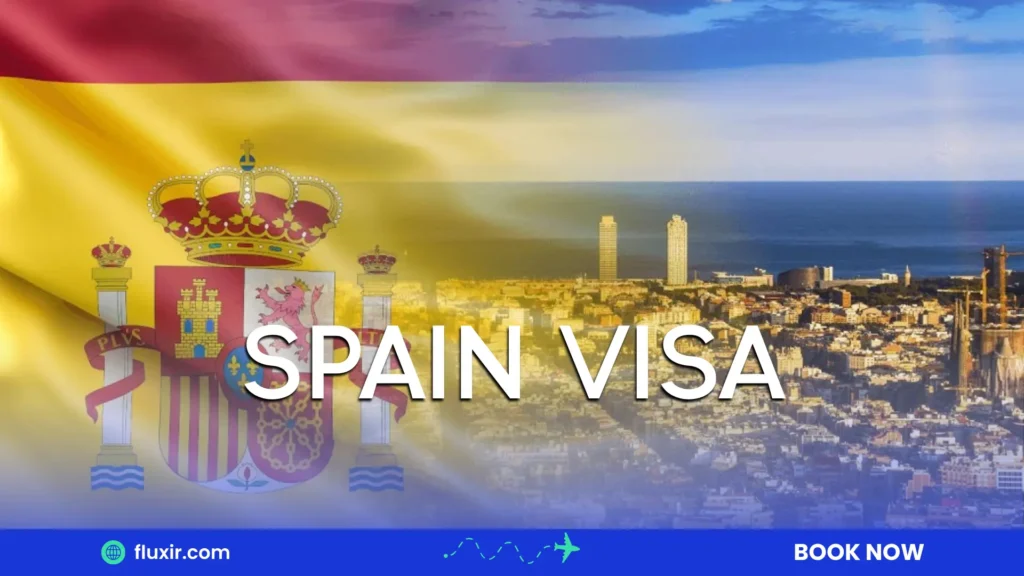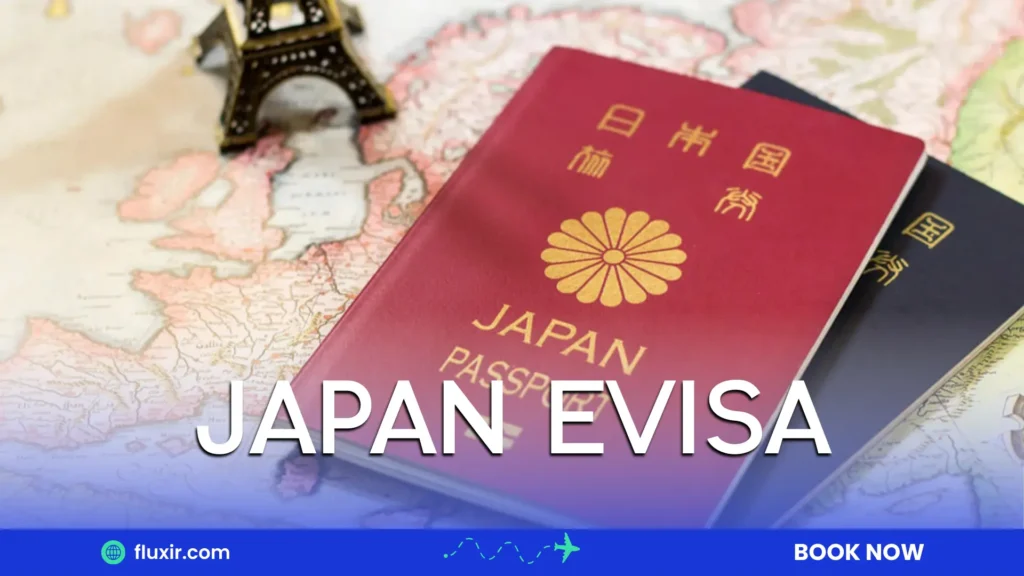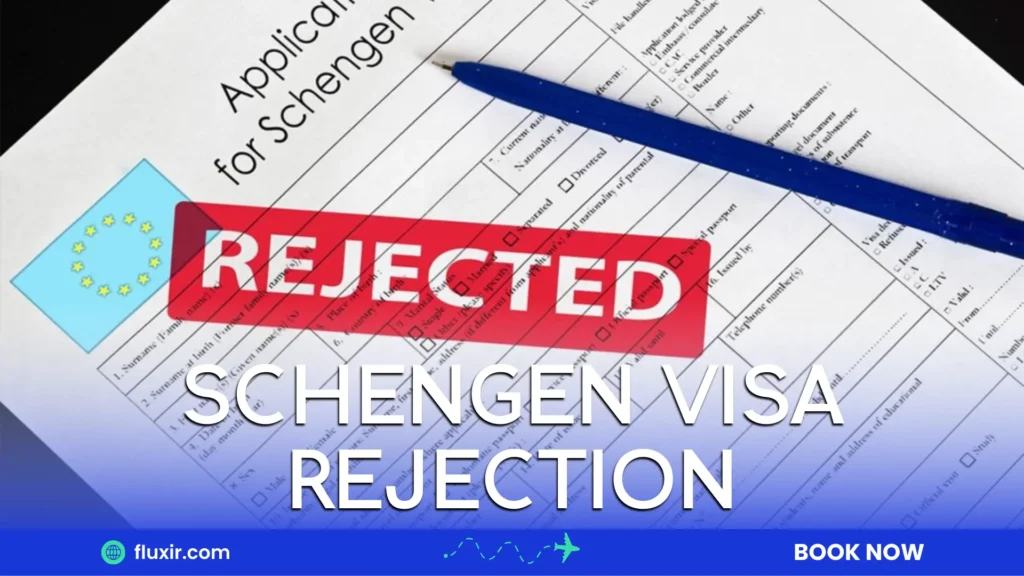How to Book a Spain Visa Appointment from the Middle East
If you’re planning to travel to Spain from the Middle East, booking your Spain visa appointment is the first step. Whether you’re visiting for leisure, business, or studying, understanding the process can save you time and ensure a smooth application. In this guide, we will walk you through everything you need to know about scheduling your Spanish visa appointment, required documents, and other essential details. Understanding the Spain Visa Appointment Process The Spain visa appointment process can seem complicated, but with the right information, it becomes manageable. You’ll need to book the appointment through the Spain Visa Application Center, gather your documents, and attend your appointment in person. Preparation is key, so make sure to follow the correct steps and give yourself ample time before your travel date. How to Schedule a Spanish Visa Appointment from the Middle East Booking a Spain visa appointment from countries like the UAE, Qatar, or Saudi Arabia is relatively simple. Most applicants can book their appointment online through the official consulate or visa application center websites. The appointment can be made for submitting your documents, biometric data, and attending an interview if needed. It’s essential to plan ahead, as appointment slots may be limited depending on the time of year. For example, if you’re in the UAE, you can schedule your appointment through the official Spain Visa Application Center website or the consulate in Dubai. Make sure to check the availability for appointments in advance to avoid delays in your visa processing. What Documents Are Required for a Spain Schengen Visa? When preparing for your Spanish visa appointment, ensure you have all the necessary documents ready. These include: A valid passport with at least three months of validity beyond your planned stay. A completed and signed Spain visa application form. Recent passport-sized photographs that meet the visa specifications. Proof of travel insurance that covers the entire Schengen area for medical emergencies. Proof of accommodation in Spain (hotel reservations or an invitation letter). Proof of financial means to support your stay (bank statements, pay slips, etc.). A round-trip flight reservation. Having all the required documents will help avoid delays in your visa appointment and ensure your application is processed smoothly. How Long Does It Take to Get a Spanish Visa Appointment? The time required to get a Spain visa appointment varies depending on the location and time of year. It is recommended to book your appointment at least 3 to 4 weeks in advance. During peak seasons, such as summer or holidays, appointment slots can fill up quickly. To avoid last-minute issues, it’s best to schedule your appointment well in advance and allow extra time for document processing. Benefits of Scheduling Your Spain Visa Appointment Early Booking your appointment early gives you several advantages, such as more availability in preferred time slots and ample time for preparing your documents. This also reduces the risk of missing your travel plans due to unforeseen delays. Additionally, early appointments help avoid the stress of last-minute preparations, allowing you to stay relaxed and organized. Spanish Visa Appointment Tips for a Smooth Experience To make sure your Spain visa appointment goes as smoothly as possible, here are some helpful tips: Arrive Early: Arriving 15-20 minutes before your scheduled time will give you a calm and timely start. Double-check Documents: Ensure all your documents are correctly filled and signed to avoid rejection. Prepare for Interviews: If an interview is required, be ready to explain the purpose of your visit. Dress Appropriately: Dress in a professional and respectful manner to make a good impression. Stay Calm: If you are nervous about the appointment, stay calm and follow the steps. These small steps will help ensure your appointment goes smoothly and you submit a complete application. Common Mistakes to Avoid When Scheduling Your Spain Visa Appointment Some mistakes can delay or even affect your visa application negatively. Here’s how to avoid them: Missing or Incomplete Documents: Always double-check your documents before submitting. Booking Late: Don’t wait until the last minute to schedule your appointment. Book it well in advance to avoid stress. Incorrect Visa Type: Make sure you’re applying for the right type of visa (Schengen, tourist, business, etc.). Not Following Instructions: Read the consulate’s instructions carefully to avoid any confusion during your appointment. How Fluxir Can Help You With Your Spanish Visa Appointment At Fluxir, we understand how complicated and time-consuming the visa process can be. Our team is here to help guide you through every step of your Spain visa appointment, from scheduling to document preparation. Let us take the stress out of the process so you can focus on enjoying your trip to Spain. With careful preparation and guidance, booking your Spanish visa appointment doesn’t have to be stressful. Follow the steps outlined in this article and get one step closer to your dream destination in Spain. Contact us today to schedule a consultation and ensure your Spain visa appointment is handled with ease.

